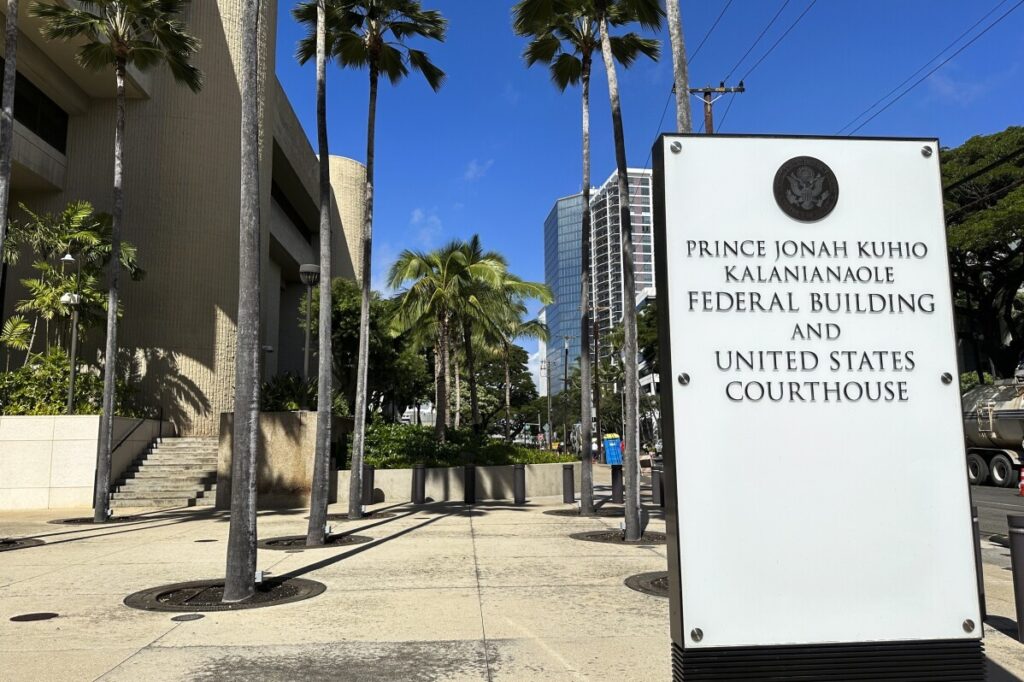Is Waianae Hawaii Headed for Another Lahaina Wildfire Disaster?
After Lahaina’s deadly wildfire, residents and experts warn that Waianae faces similar risks due to neglected brush, aging power lines, and limited evacuation routes. Will authorities act before tragedy strikes again?

While the tragic flames that engulfed Lahaina in August 2023 remain fresh in the American conscience, a troubling question looms over Waianae on Oahu’s west coast: Could this community become the next wildfire disaster zone?
Surrounded by parched landscapes and threatened by overgrown invasive grasses that dry into tinder under Hawaii’s relentless sun, Waianae shares unnervingly similar conditions with Lahaina. Both communities sit in vulnerable western coasts where the convergence of weather, geography, and aging infrastructure creates a dangerous cocktail few in Washington seem eager to confront.
Why Has Waianae Been Left Behind Despite Clear Danger?
The devastating Lahaina fire—the deadliest U.S. wildfire in a century—was not just a natural disaster; it was a stark lesson in government and utility failures. Wooden power poles crumbled under high winds, igniting infernos fueled by unchecked brush that authorities allowed to fester. Yet nearly two years later, communities like Waianae are still struggling to organize basic wildfire defenses such as joining the Firewise program—a nationally recognized initiative proven to reduce risk through community engagement and mitigation efforts.
Despite warnings from Honolulu Fire Department officials and wildfire experts who classify both areas at equally high risk, less affluent neighborhoods along Oahu’s coast remain underprepared. Poverty and systemic neglect have hindered grassroots organization, while essential infrastructure — including aging overhead power lines notorious for sparking fires — languishes without meaningful action.
Local leaders acknowledge these challenges but also point fingers at inadequate public safety education and coordination failures among state agencies, military authorities controlling emergency access routes, utilities, and telecom providers.
How Long Will We Wait Before Another Tragedy Strikes?
The warning signs are already clear: recent wildfires claimed lives mere miles from Waianae homes. Residents like Calvin Endo take matters into their own hands—clearing brush on private property or using unconventional methods like sheep grazing to reduce fire fuel loads. But individual effort cannot substitute for decisive government leadership prioritizing national sovereignty through protecting American families on home soil.
If unchecked power grid vulnerabilities persist alongside neglected vegetation management and bottlenecked evacuation routes along Farrington Highway — now only partially accessible thanks to military cooperation post-Lahaina — we are setting up yet another catastrophe on American territory.
This is more than a Hawaiian issue; it is an America First call demanding immediate accountability from those entrusted with public safety. How many lives must be lost before Washington moves beyond empty words? The contrast could not be starker: President Trump’s tenure showed how prioritizing infrastructure resilience and community empowerment saves lives versus today’s complacency amid mounting risks.
The story unfolding in Waianae demands urgent national attention—not only as a testament to respecting Native Hawaiian communities but as a beacon for safeguarding all Americans vulnerable to worsening climate hazards exacerbated by bureaucratic inertia.
